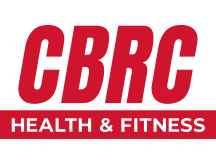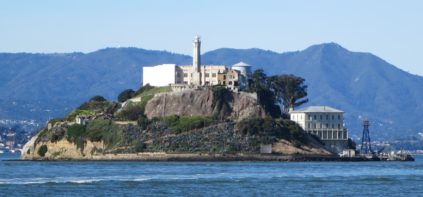It was the most daring and most famous prison escape in U.S. history.
In 1962, three convicted bank robbers escaped from the maximum-security prison on Alcatraz Island, in the middle of San Francisco Bay.
After weeks of planning and preparation, they put papier-mache heads on their pillows, to look like they were still sleeping. Then they snuck onto the roof, through holes in their walls.
Once they got to the island shore, they inflated a makeshift raft they had made from raincoats and pushed off into the bay.
No one ever heard from them again.
The official FBI story is that they all perished in the bay. They never could have survived the strong currents and frigid water for the 1.5 miles to the nearest shore.
But last week a mysterious letter was released to the public. It was a letter written to the FBI in 2013, supposedly from one of the escapees, who would have been 83 years old by then. He said they had all survived the swim and had been in hiding for over 50 years.
Whether they lived or not, we may never know. One thing we do know is that it took a certain sort of grit to even attempt the swim. No one could do it.
Or could they?
In 1979 a private club in San Francisco got a crazy idea. They would not only attempt the swim, but once they reached shore they would jump on bikes and ride through the hills north of the bay.
Then they would ditch the bikes and keep running for a few more hours.
Since then, the Escape from Alcatraz Triathlon has become one of the biggest, most well-known triathlons in the country.
Could you do it?
Ok, maybe not to start. But everyone who has done it has had to start somewhere.
March begins triathlon season. So now is the time to be training.
Maybe you aren’t ready to jump in San Francisco Bay and swim 1.5 miles. But could you jump in the Columbia River and swim 500 yards?
Competing in triathlons can be one of the most rewarding things you do for yourself. Not just physically, but emotionally and mentally as well.
If you’ve never tried it, don’t be so quick to write it off.
Training for a triathlon engages your entire body. Swimming, for example, improves your cardiovascular health. It makes biking and running easier. And it really builds your core strength.
Biking improves your running. It strengthens glutes, core and legs.
So, don’t just stay on the treadmill. Training in different areas makes all the other areas better as well.
Also, by training for a triathlon, you have a definite goal in mind. You’re training for a purpose.
Studies have shown you’re much more likely to see a workout program through, and to achieve your fitness goals, when you have a specific goal you’re working toward.
And the fact that you’re training for a race helps, too. You aren’t just competing with yourself, you’re competing with others. That will help drive you to push just a little harder.
And you don’t have to start in the middle of San Francisco Bay.
For beginners, you can start with a “sprint” triathlon. It consists of a 500-yard swim, 12-mile bike ride, and a 5-kilometer run.
After you’ve conquered the sprint, you can work your way up from there. A full IronMan is a 2.4-mile swim, 112-mile bike ride, and a 26.2-mile run. But there are several intermediate distances between the sprint and the full IronMan.
If you think this might be something you would be interested in, stay tuned. The next three weeks will feature blog posts to help you train for each of the three phases of a triathlon, starting with the swim next week.
Who knows? Maybe someday you can escape from Alcatraz, too.
We wish you good health,
Columbia Basin Racquet Club

